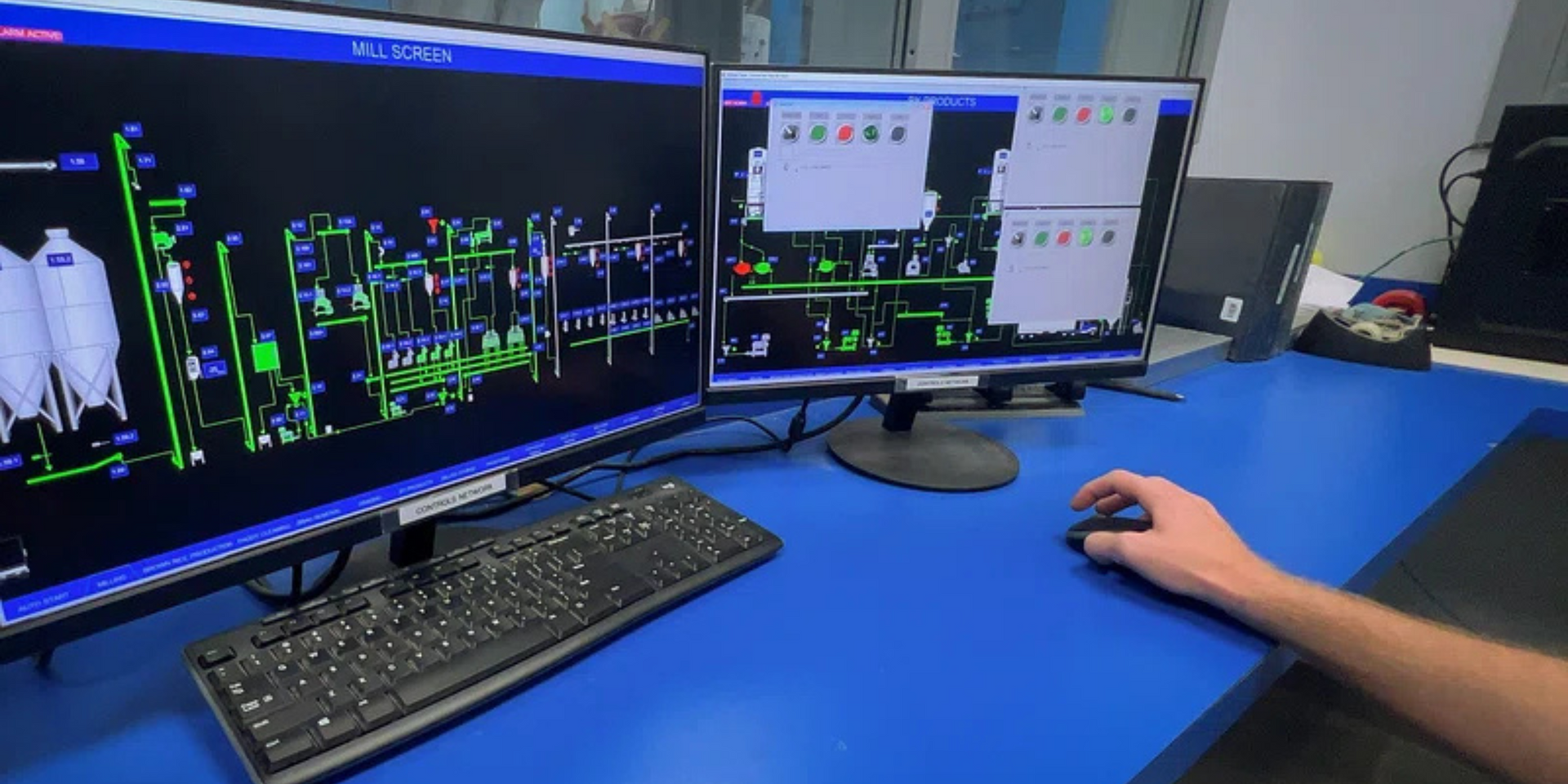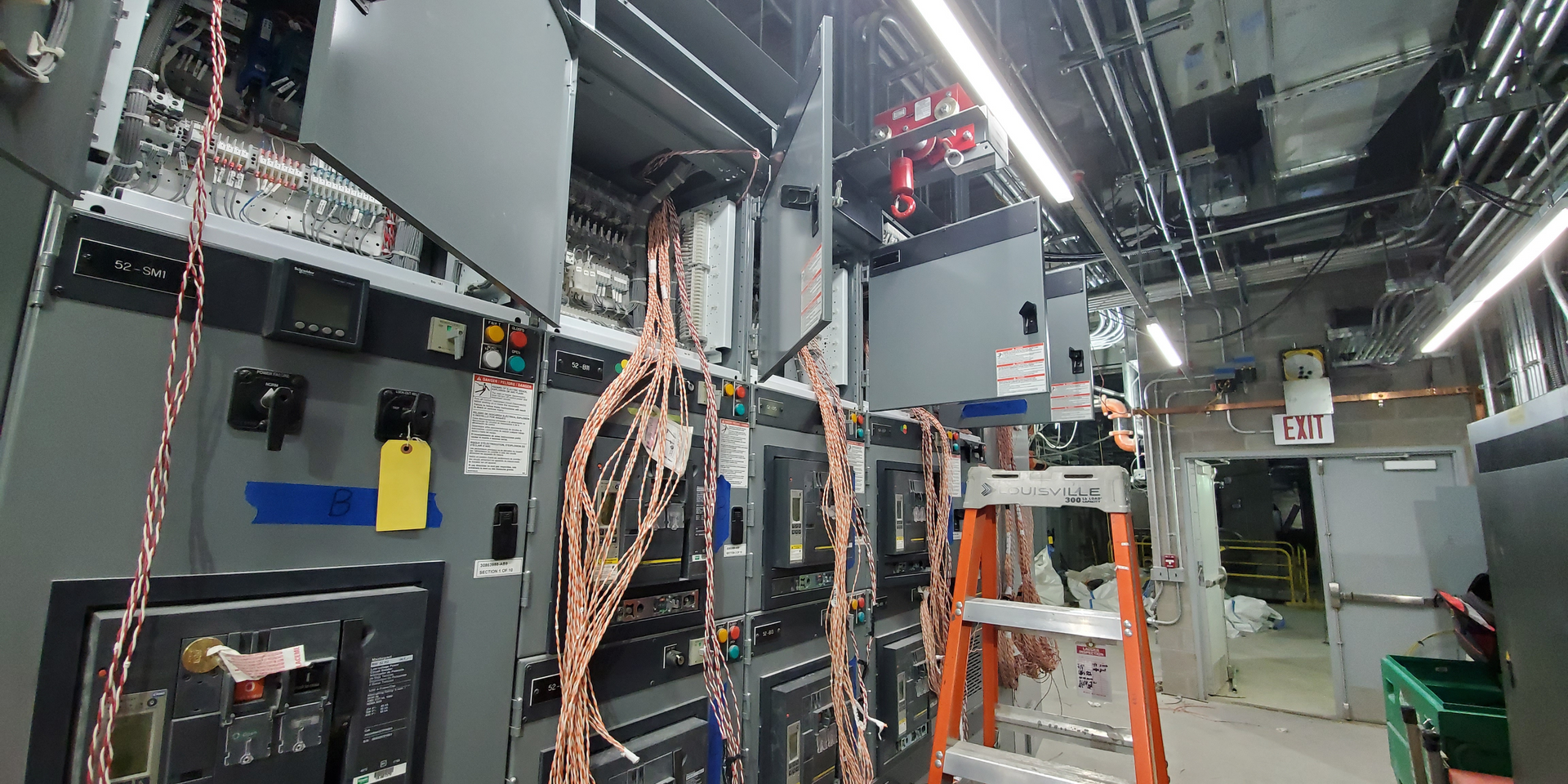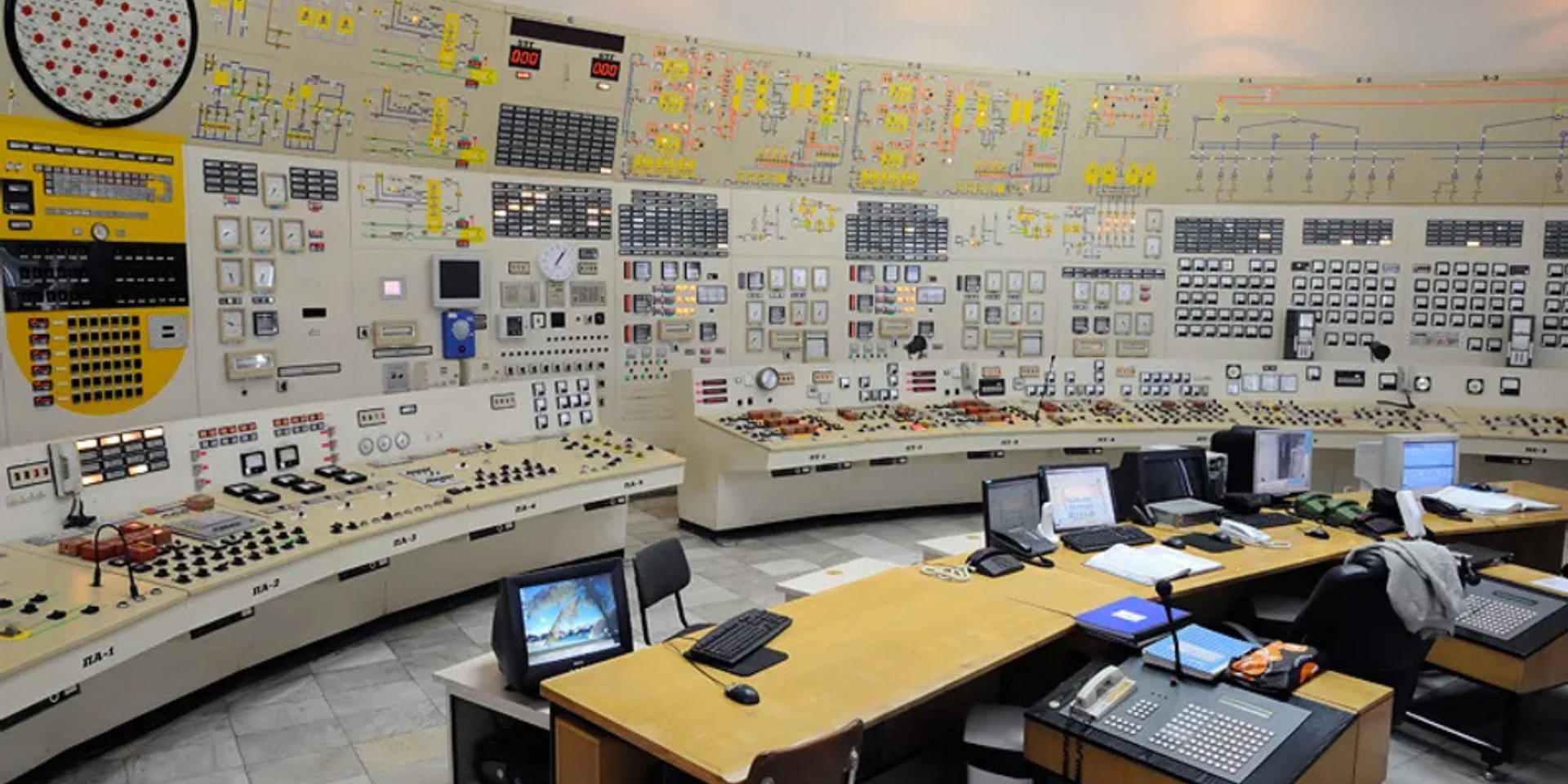SCADA Alarm Management for Control Rooms
In modern control rooms,
Types of alarms in SCADA is crucial for ensuring smooth operations. Alarm management is vital in industrial automation, particularly for systems involving Supervisory Control and Data Acquisition (SCADA) technology. Control rooms rely heavily on alarms to monitor processes, ensuring that systems operate efficiently and safely. With SCADA alarm management, operators can identify critical issues in real-time, improving safety, compliance, and operational efficiency.

SCADA Alarm Management for Control Rooms
In a control room, SCADA systems track and control industrial processes, such as in manufacturing, utilities, and oil & gas industries. A key aspect of SCADA systems is alarm management, which provides real-time notifications about abnormalities in processes. These alerts allow operators to act quickly, preventing costly breakdowns or accidents. By managing SCADA alarms effectively, control rooms can ensure prompt responses to critical issues.
What is an Alarm Management System?
An alarm management system (AMS) is a crucial component in process control. It ensures that alarms are configured correctly, efficiently managed, and actionable. It includes software solutions designed to provide detailed data on alarms and help in automating alarm responses. IEC 62682 and ISA Alarm Management standards outline the best practices for alarm configuration, ensuring that the alarm system is effective in all operational conditions.
The purpose of an AMS is to reduce alarm overload, prioritize alarms based on severity, and ensure that operators can quickly identify critical events. This prevents alarm fatigue and enhances operator efficiency, particularly in high-stakes environments like control rooms.
What is a SCADA Alarm?
A SCADA alarm is a notification generated by the SCADA system when it detects a deviation in process parameters. These alarms are designed to notify operators of anomalies, such as temperature spikes, pressure drops, or equipment malfunctions. Alarm management for process control involves monitoring, managing, and responding to these alarms in real-time.
SCADA alarm systems are crucial in complex environments where continuous monitoring is required. Alarm management software helps streamline this process, making it easier for operators to track, address, and resolve issues promptly.

What is a State of Alarm?
The "state of alarm" refers to the status of the system when an alarm condition is triggered. It signifies that there is a deviation from normal operating conditions, requiring the operator's immediate attention. SCADA alarm notification software is used to automatically alert operators to abnormal conditions, such as equipment failures or dangerous environmental changes. It ensures that the right people are notified and can respond promptly.
Types of alarms in SCADA can include high, low, or critical priority alarms. Understanding these states is essential for effective SCADA alarm management, allowing operators to prioritize responses appropriately.
What Are Alarm Management Standards?
Alarm management standards provide guidelines for configuring and maintaining alarm systems. The primary standards include IEC 62682, which defines best practices for alarm systems in process industries, and the ISA alarm management standard. These standards ensure that alarms are both effective and non-disruptive.
Alarm notification systems play a vital role in alarm management by ensuring that critical alarms are promptly delivered to the right operators. Alarm logging and notification are also critical features, as they help track alarm histories for analysis, ensuring continual improvement in alarm management processes.
What Are Alarms in SCADA?
Alarms in SCADA systems are notifications triggered by deviations in process variables or system conditions. SCADA alarm management software helps organize and prioritize these alarms, ensuring that operators can address the most critical issues first. There are seven types of alarm systems, including high, low, and critical priority alarms, each serving a specific function in the process control system.

What Are Alarms Used For?
Alarms are used in SCADA systems to alert operators about process deviations, equipment failures, or safety hazards. They help automate process control alarm responses, ensuring faster reaction times to critical issues. Alarm management standards and best practices guide the setup and response to alarms, ensuring minimal disruption while improving the system's overall efficiency.
EEMUA Alarm Management
The EEMUA (Engineering Equipment and Materials Users Association) alarm management guidelines provide a framework for alarm systems in industrial settings. These standards help to prevent alarm overload and ensure that alarms are meaningful and actionable.
Understanding the three main types of alarms—high, low, and critical—is essential for effective SCADA alarm management. By managing alarms based on their severity, control rooms can improve safety, efficiency, and system performance.
Conclusion
Effective SCADA alarm management is essential for control rooms to ensure safe and efficient operation. By implementing the right alarm management strategies and utilizing alarm management software, control rooms can reduce alarm fatigue, improve operator response times, and enhance overall operational efficiency.
If you want to learn more about SCADA alarm management solutions,
contact us today to discuss how our system can optimize your control room operations!



